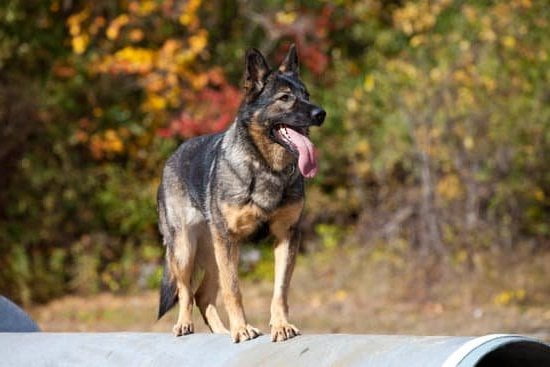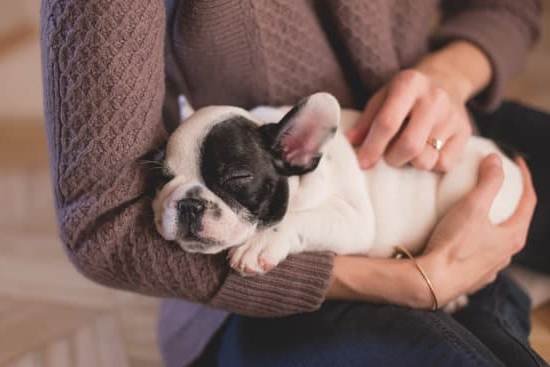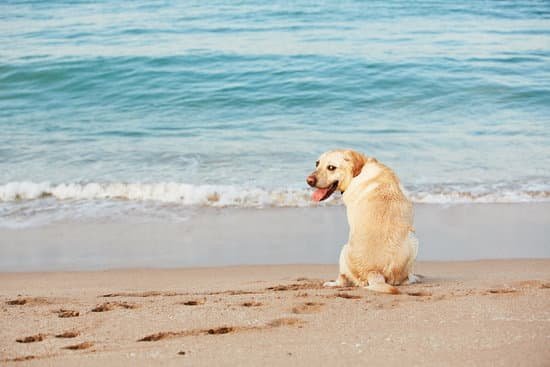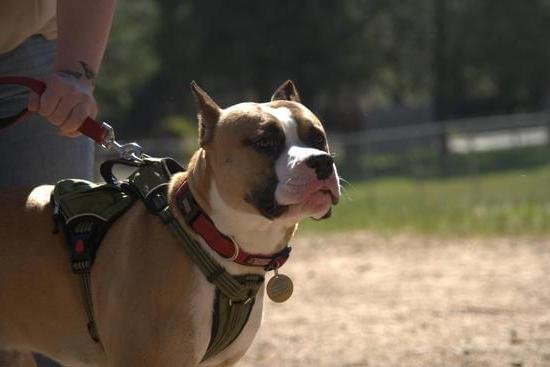Dogs that live in apartments can be successfully potty trained, but it will require more effort than dogs that live in houses. The reason is that dogs in apartments do not have the opportunity to go outside as often as dogs in houses, so they are more likely to eliminate in the apartment.
There are a few things you can do to make the potty training process easier for your apartment dog. First, be sure to take your dog outside frequently, every two to three hours, to give him the opportunity to eliminate. If you are not able to take your dog outside, put him in a contained area such as a crate or a small room with a potty pad.
You will also need to be very consistent with your commands and rewards. When your dog eliminates in the appropriate place, praise him and give him a treat. Do not give him a treat if he eliminates inside the apartment, as this will only confuse him. If you are inconsistent with your commands and rewards, your dog will not understand what you expect of him and the potty training process will be much more difficult.
Dog Potty Training Aids
There are a variety of potty training aids on the market to help make the process easier for both you and your pup. Here are a few of our favorites:
1. Dog potty pads: Potty pads are a great way to help train your dog to relieve themselves in a specific spot indoors. They come in a variety of sizes and absorbent levels, so be sure to choose one that’s best suited for your home.
2. Indoor potty: If you’d rather not use pads, an indoor potty can also be a great option. These can be placed in a designated spot in your home, and your dog can be trained to use them in the same way they would use a traditional potty outdoors.
3. Doggie door: If you have the space, a doggie door can be a great way for your dog to go outside to relieve themselves when needed. This is a good option for house-trained dogs who are able to hold their bladder for a longer period of time.
4. Training aids: There are a variety of training aids on the market to help you train your dog to potty outside. These can range from simple bells or whistles to more advanced electronic devices. Choose the option that works best for you and your pup.
No matter which potty training aid you choose, be sure to be patient and consistent with your training. It may take a little time, but with a little patience and perseverance, you and your furry friend will be potty trained in no time!
Dog Potty Training Chart
There are a variety of potty training charts available on the internet, but they all have the same basic premise: teaching your dog to go potty outside.
The first step is to identify when your dog usually needs to go potty. Some dogs need to go shortly after waking up, some after eating, and some after playing. Once you know your dog’s pattern, you can start to create a potty training routine.
The next step is to take your dog outside to the designated potty spot every time they need to go. If they go potty, praise them and give them a treat. If they don’t go potty, take them back inside and continue to monitor them.
Some dogs may take longer to potty train than others. Be patient and consistent with your training routine, and your dog will eventually learn to go potty outside.
How To Train Your Dog With Potty Bells
One of the most common issues dog owners face is house training their pet. Crate training and using potty bells are two popular methods for housebreaking dogs.
Crate training involves confining your dog to a small area, such as a crate, until he goes to the bathroom. This teaches your dog to only eliminate in designated areas.
Potty bells are a tool that can be used in conjunction with crate training or as a stand-alone method. They are small bells that are hung on a door or wall near your dog’s elimination spot. When your dog eliminates in the right spot, you ring the bells to let him know he has done something good.
If you are using potty bells to housebreak your dog, it is important to start off slowly. Put the bells on the door or wall near your dog’s elimination spot, but do not require him to ring them yet. As your dog becomes more comfortable with the bells, gradually move them closer to the spot where he eliminates.
Once your dog is consistently ringing the bells when he goes to the bathroom, you can start to use them as a cue to let him outside. When your dog hears the bells, take him outside to his elimination spot and praise him when he goes to the bathroom.
It is important to be patient and consistent when training your dog with potty bells. Like with any other training method, success will take time and patience.
Dog Potty Training Columbus Ohio
If you are a new pet parent, you may be wondering how to potty train your dog. The process of potty training a dog can be tricky, but it is definitely doable with some patience and effort. If you live in Columbus, Ohio, there are a few resources available to help you potty train your dog.
One of the best ways to potty train your dog is to create a routine and stick to it. When you are home, keep your dog in a specific area and give him or her regular bathroom breaks. If you are not able to watch your dog at all times, you may want to consider using a crate. Dogs do not like to soil their sleeping areas, so by crating your dog when you are not able to watch him or her, you can help to potty train them more quickly.
Be sure to praise your dog when he or she eliminates in the correct spot. This will help to reinforce the behavior. If you catch your dog in the act of eliminating in the wrong spot, say “no” in a firm voice and quickly take your dog to the correct spot.
If you are having trouble potty training your dog, it may be helpful to seek out the help of a professional. There are many Columbus dog trainers who can help you potty train your dog in a short amount of time.
By following these tips, you can successfully potty train your dog in Columbus, Ohio.

Welcome to the blog! I am a professional dog trainer and have been working with dogs for many years. In this blog, I will be discussing various topics related to dog training, including tips, tricks, and advice. I hope you find this information helpful and informative. Thanks for reading!





